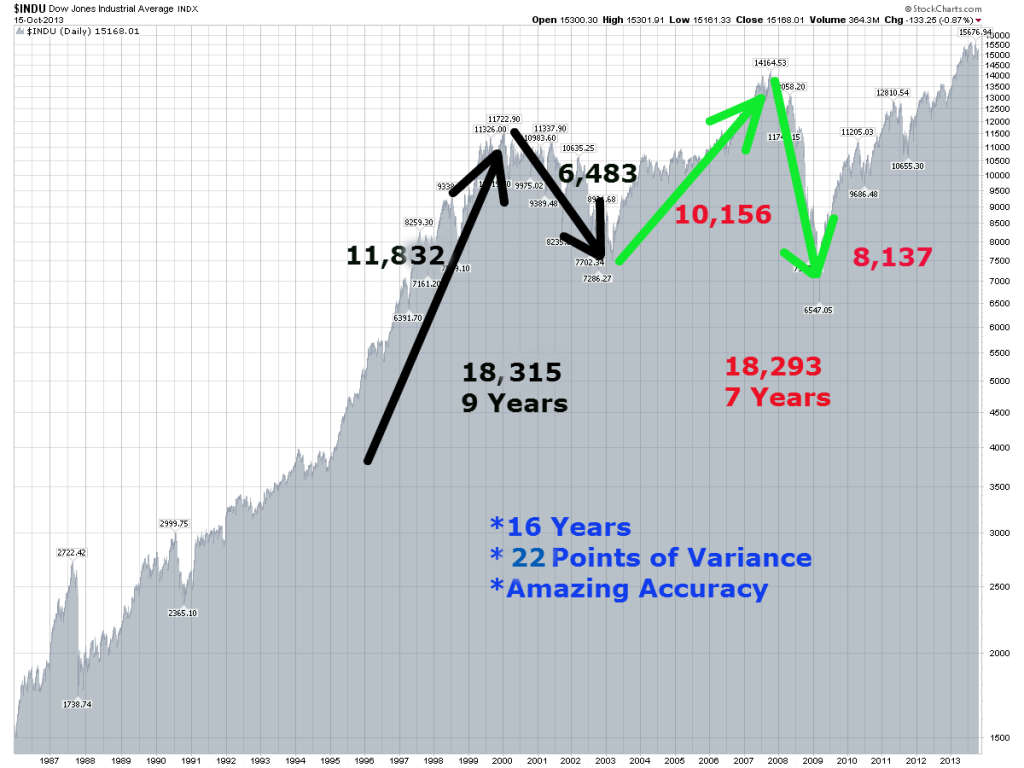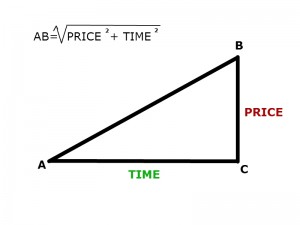Huffington Post Writes: Larry Summers’ Desperate Depression-Fighting Idea May Soon Be Reality
If you think people who save money are being punished by low interest rates, wait until they have to deal with negative interest rates.
Slashing rates well below zero to make it painful not to spend money is the desperate approach to avoiding an economic depression recently endorsed by Larry Summers, President Obama’s former top economic advisor and one-time pick to run the Federal Reserve. With economic growth likely to be weak for the next infinity, the job market stubbornly awful and inflation disappearing, central bankers around the world have been toying with the idea for a while. Every day it gets closer to being a reality.
Read The Rest Of The Article Here.
Well, there you have it.
First, why are they talking about a depression? If you listen to Bernanke, Yellen and/or Obama you would believe things are great and getting better. Unemployment is down, economy is up, stock markets are surging, etc…. What the hell do they mean by “desperate approach to avoiding an economic depression.” Is Larry Summers on drugs?
Maybe the FED’s are not as stupid as I make them out to be. If that is true, that makes them liars and criminals, committing economic crimes against the American people. Technically speaking that is exactly what they are doing. Uhmmmm, moving on before I get a call from NSA……
Listen, they know what they did and they know what is coming. The only way to combat that is to continue pumping a tremendous amount of money into the economy while hoping that interest rates stay low. However, they are running out of options. Given current economic backdrop there isn’t that much more they can do. Will bringing interest rates down to zero work ?
The answer is NO. Japan has tried that for 20 years without any success. All they succeeded at is destroying their economy while trying to stimulate it. Here is the kicker….
Everyone, and I mean everyone believes that the markets behave based on what the FED does. Everyone believes that the FED’s can control and manipulate financial markets at will. That is the biggest and the most dangerous misconception everyone has. It might look that way, but they do not.
Remember 2007-09? Eventually markets will readjust on their own accord. When they do, there will be hell to pay. With or without 0% interest rates. The bear market is coming in 2014.
Did you enjoy this article? If so, please share our blog with your friends as we try to get traction. Gratitude!!!










